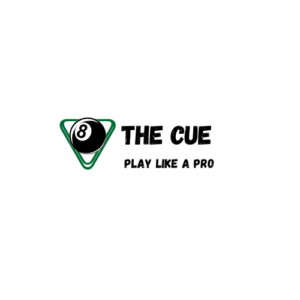There are many different types of chalk available on the market today. Some of them can be very expensive while others are quite affordable.
The best chalk for pool cue is cheap and easy to find. It is made from natural ingredients like calcium carbonate and magnesium carbonate, which makes it a safe option for both players and their surroundings.
The best chalk for pool cue is made from natural ingredients that make it a safe option for both players and their surroundings.
Chalk is usually composed of magnesium carbonate, lime, and water. The chalk is used to keep the tip of a pool cue dry for good performance.
There are many types of chalk on the market today. Some are more affordable than others and some have better quality than others. So, it’s best to read reviews before making a decision on what type of chalk you should purchase.
The best chalk for pool cues is not a simple question to answer. It depends on the type of pool cue and its specific playing characteristics.
The most common types of pool cues are made from wood, metal, and composite materials. The standard chalk is made from talc and magnesium carbonate, which can be mixed with other ingredients to create different types of chalks.
What chalk do professional pool players use?
Pool players use chalk to keep their cue stick in good condition. It is also used to dry the end of the stick. It is important for pool players to have a good supply of chalk because it can be difficult to find in some parts of the world.
Chalk was first recorded being used by billiards players in 1777. It was originally made from pot ash but later replaced by powdered limestone and talc.
Professional pool players use chalk to help them with the grip on the cue.
Professional pool players use chalk to help them with the grip on the cue. Chalk is a powdery substance that’s made from clay and used by many different sports including darts, pool, and snooker. Professional players will typically use a different type of chalk than recreational players because they need a finer texture that won’t break off or crumble when they rub their hands together.
Professional pool players use a variety of chalk that they can find in different colors, textures, and formulas. The most popular types of chalk are green and red. Green is the most popular because it provides the best grip for wet or dry hands. Red is preferred because it has the highest friction coefficient for faster ball speeds.
The most common type of chalk used by professional pool players is white or blue chalk. White is preferred because it provides the best contrast with the cloth or table top while blue is preferred because it provides better visibility on dark tables.
Some professional pool players also prefer to use black-light chalks which are designed to make sure that you can see your shots

